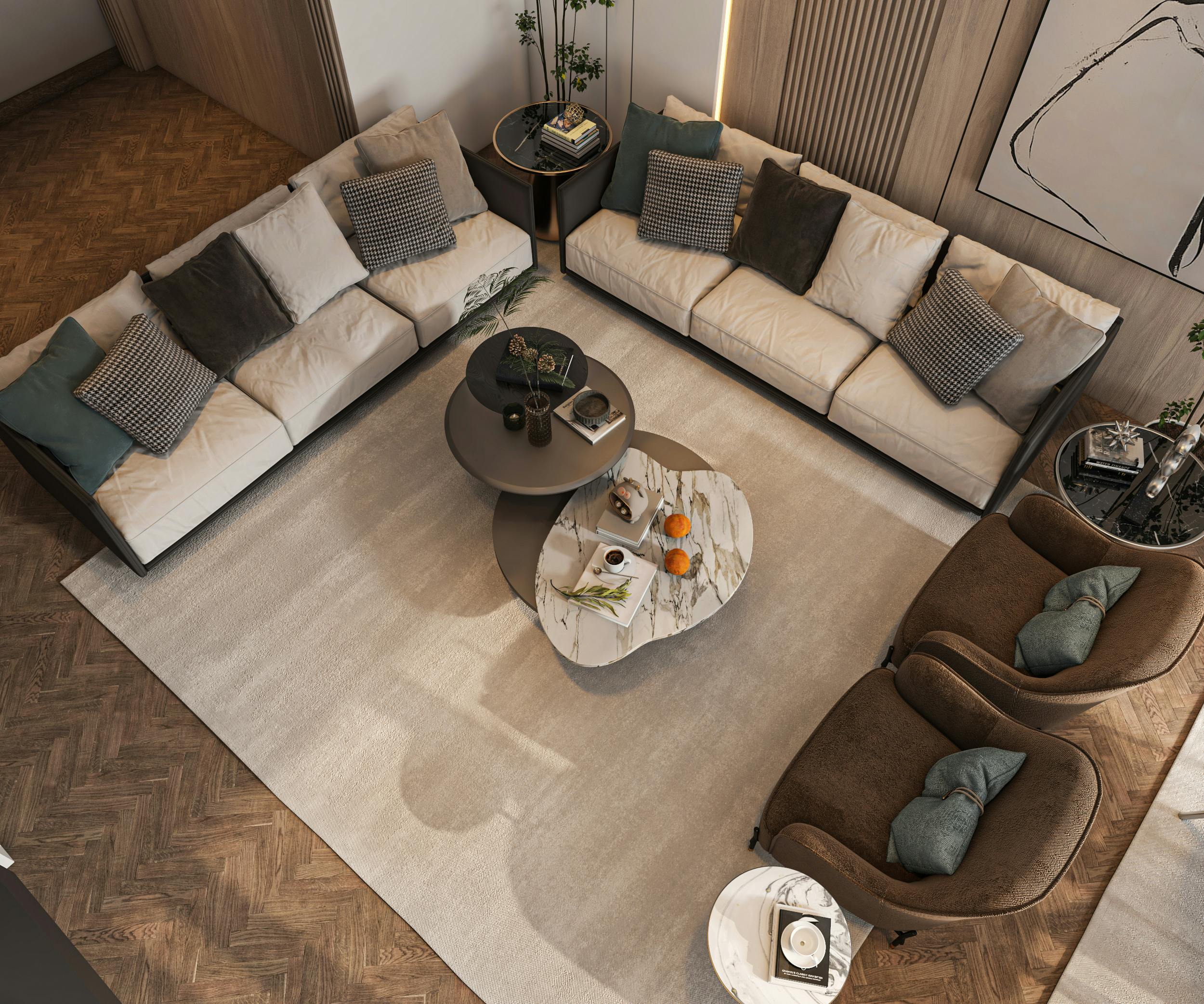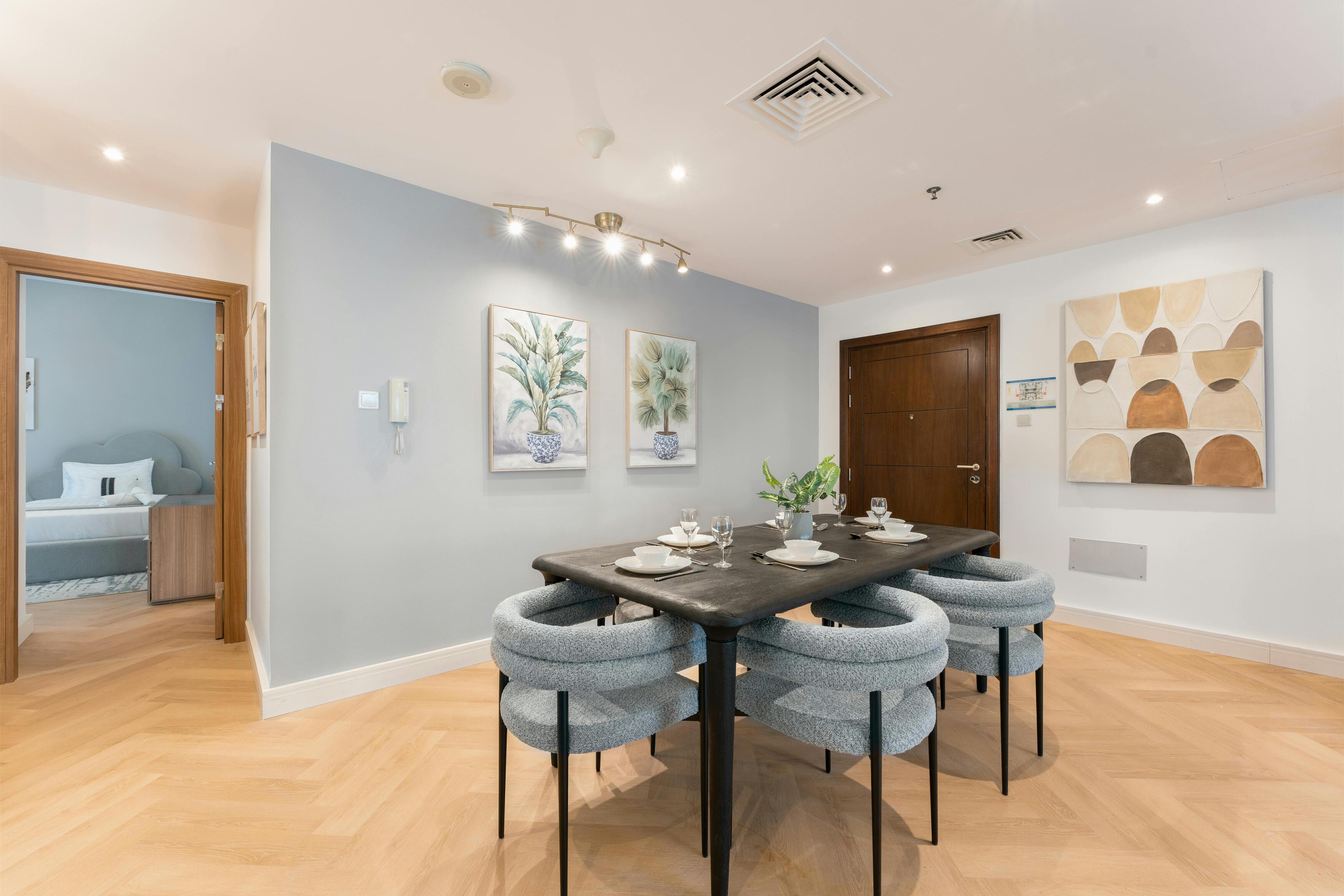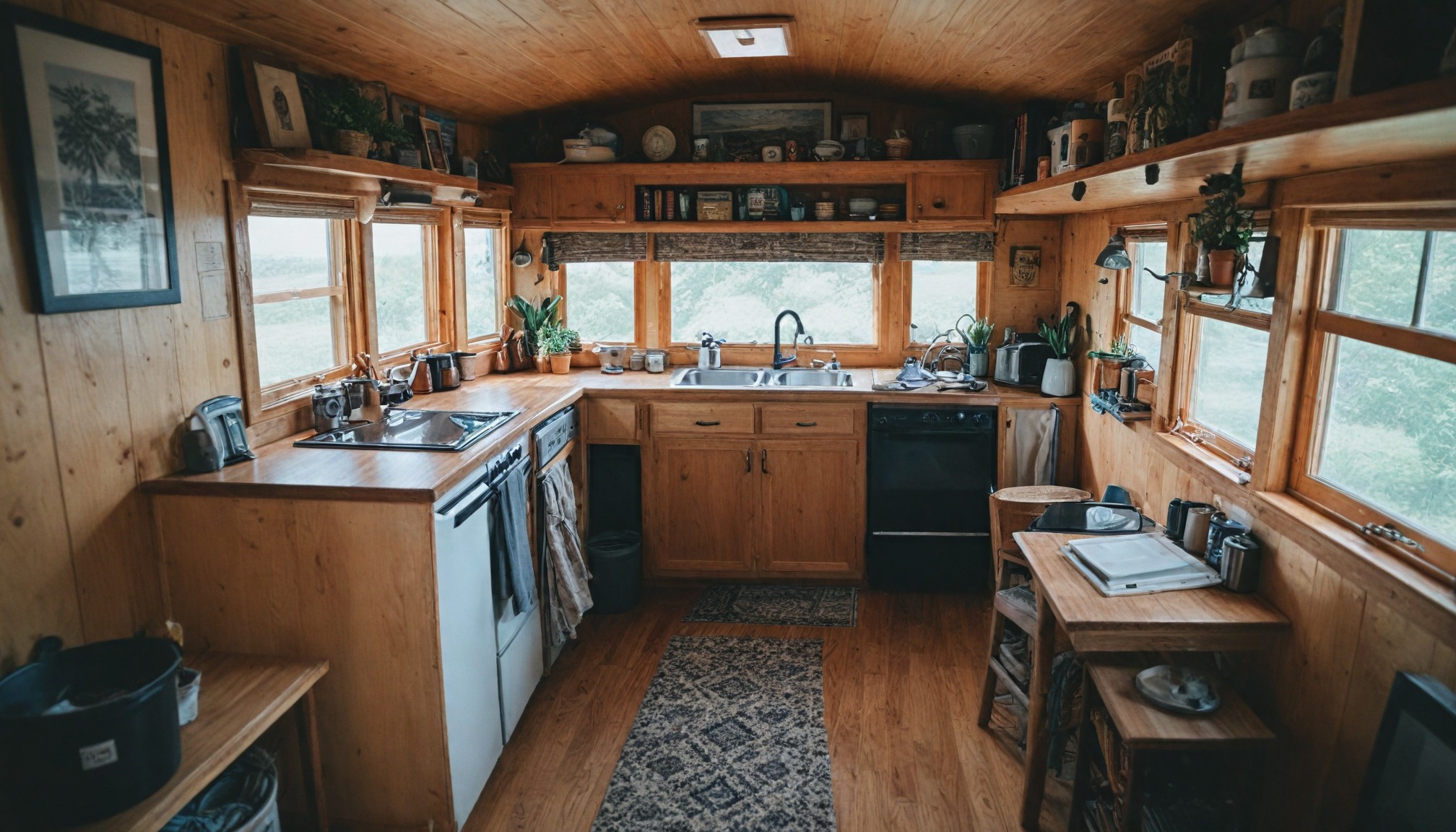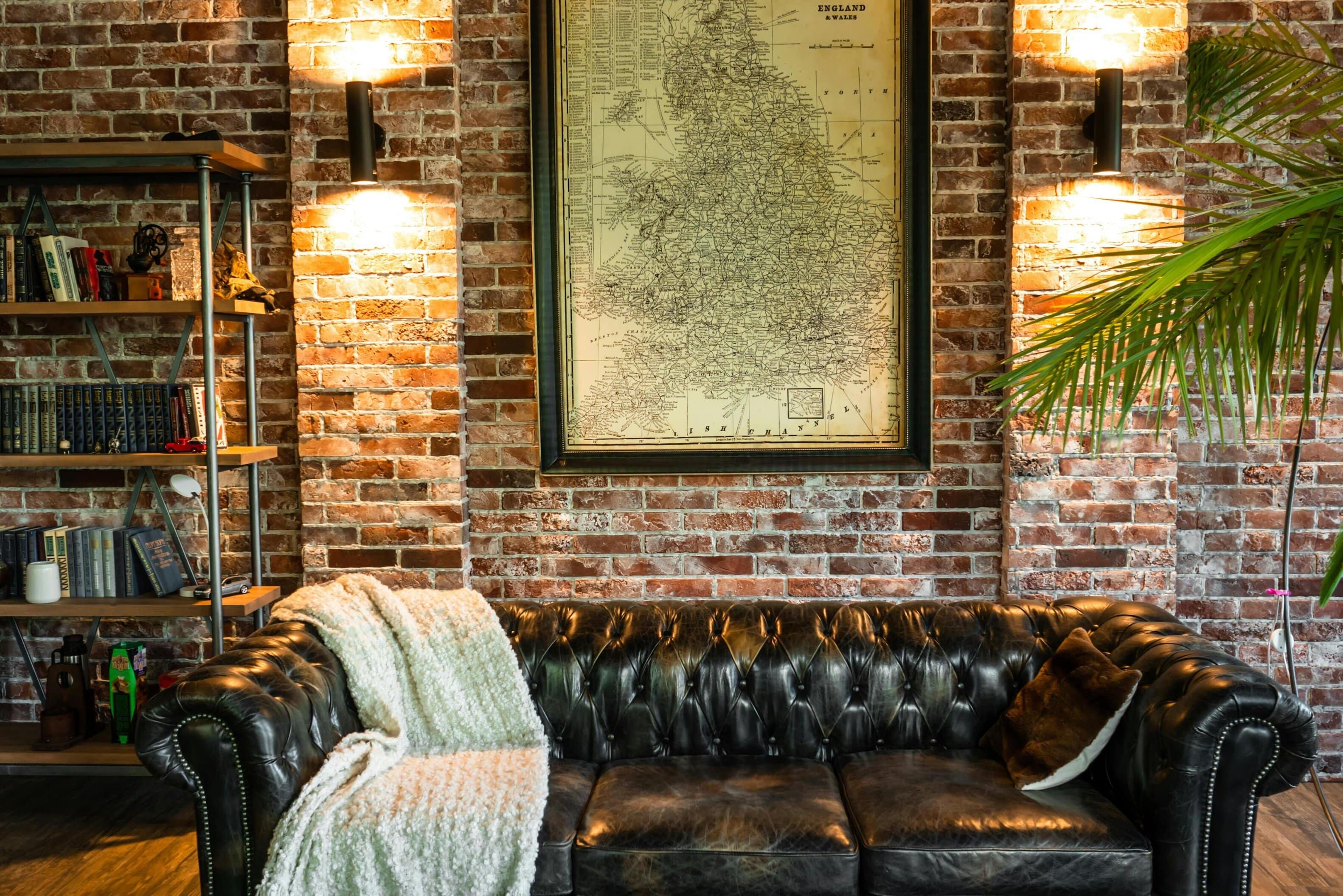
Home Staging: How to Furnish an Apartment with Minimal Costs to Make It Marketable
Renovation is often viewed as an expensive and lengthy process, accompanied by many inconveniences and costs, especially unwelcome when selling or renting a home. However, home staging is emerging as a fresh design approach aimed at making an apartment or house appealing with minimal investment. Let's explore what home staging is and how it works.
Home Staging: Principles and Differences from Traditional Interior Design
Interior design caters to the tastes and needs of specific homeowners. A home stager must think "average" and create interiors appealing to a broad audience. The process starts with understanding the local market trends to tailor the design accordingly.
For instance, a young couple may prefer an apartment with light furniture and bright accents in a Scandinavian style. Home staging should not simply reflect the latest trends but should be attractive to the target audience. The key constraints for a home stager include a reduced level of individuality, a minimal budget, a focus on reworking existing furniture rather than buying new, limited time, and prioritizing quick sales or rentals.
Home Staging: Materials and Techniques
A home stager views the apartment as a ready solution that must impress potential buyers at first glance. The space should be comfortable and inspire new owners, showcasing its potential even if they plan to make changes later.
Colors in Home Staging
Color is a home stager’s primary tool, setting the interior theme—whether classic, modern, boho, or hi-tech. The fundamental rule for color balance is 60:30:10%, where 60% is neutral shades, 30% is main color accents, and 10% is bright details.
Neutral colors for walls, ceilings, and floors help potential buyers visualize the space’s possibilities. Clever use of color can also create attractive nuances, such as repainting doors or updating furniture colors to give a retro feel.
Composition in Home Staging
Effective space organization is vital. For instance, kitchens shouldn’t have tables pushed against walls, and living rooms should have work-friendly corners. Home staging aims for visually appealing photographs, so decorative elements like plants and art should be highlighted rather than hidden.
Textiles in Home Staging
Reupholstering furniture is time-consuming and costly. Instead, using colorful curtains, tablecloths, and cushions can quickly transform a room’s mood. A simple throw can modernize a classic sofa, while carefully arranged bedding can refresh a bedroom’s look. Textiles help create an inviting atmosphere, signifying comfort and style.
Recent articles from Interior Design

Anti-Stress: The Most Soothing Colors in Interior Design
Psychologists assert that colors can influence not only mood but also a person's well-being. Researchers from the University of Minnesota, Andrew Elliot and Markus Meyer, discovered that red hue...

Enhancing Small Spaces: Simple Interior Design Tips for Tiny Homes
Designing small spaces can be challenging, but with a few clever interior design techniques, even the tiniest of homes can feel open and functional. From smart furniture choices to lighting tric...

Mixing Modern and Vintage Decor: A Guide to Timeless Style
To edit an apartment is more than just adding certain items of furniture or decoration; it includes making a room that is a replica of yourself, tells your life story, and gives you comfort. Mix...